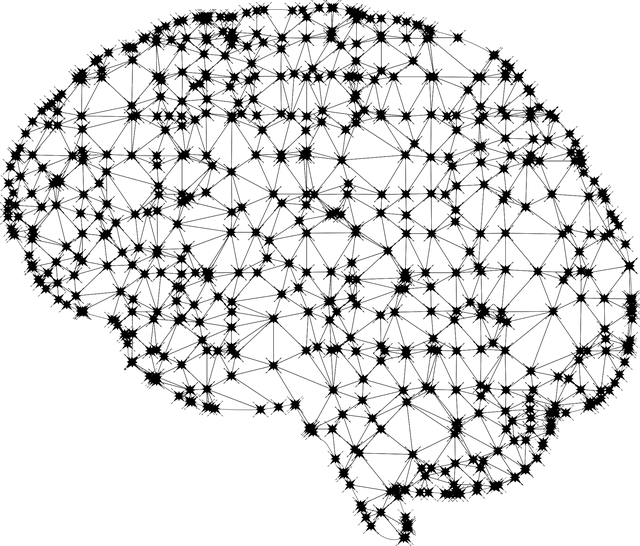Artificial intelligence is becoming more prevalent in our daily lives, with new applications emerging constantly, even in the field of writing! The Generative Pretrained Transformer 3rd Generation, also known as GPT-3, stands out as the most advanced technology of its kind. But what exactly is GPT-3 and what can it do?
If you’re curious to try it out for yourself, be sure to explore the list of AI writing generators we shared last week, many of which utilize GPT-3 behind the scenes.
What is GPT-3?
GPT-3 is an artificial learning model implemented as computer software for text production and manipulation. It utilizes Deep Learning to perform natural language processing, enabling it to understand text and generate text based on language parameters fed into the system.
With over 175 billion parameters, GPT-3 has the ability to write various types of text, fill in forms, and even create computer code in certain languages. Although the system still faces challenges that may be overcome in the future, its current capabilities are undeniably impressive.
Through natural language processing, GPT-3 can produce text with a natural tone and flow, including journalistic pieces, fiction, short stories, and scientific articles, making it adaptable for a wide range of applications.
Who Developed GPT-3?
OpenAI, a research and development company for artificial intelligence solutions, created the GPT-3 system. Co-founded by Elon Musk, a prominent figure in the technology and innovation realm (although he has since shifted his focus to Tesla and SpaceX), OpenAI developed GPT-3 to replace its predecessor, GPT-2, which already exhibited exceptional efficiency. The upgrade from 1.5 billion parameters in GPT-2 to approximately 175 billion in GPT-3 illustrates the significant performance enhancement.
List of GPT-3 Functions
Thanks to its vast number of parameters, GPT-3 is a highly versatile tool with numerous applications. Here are some of its functions:
1. Question answering: GPT-3 can provide answers based on the knowledge it has been trained on.
2. Grammar correction: The system can correct English text grammar.
3. Text simplification: GPT-3 can simplify and summarize complex information into easier-to-understand language.
4. Text-to-command transformation: It can convert text into programmatic commands.
5. Translation: GPT-3 can translate English text into French, Spanish, and Japanese.
6. API coding: The system can create APIs from natural language commands.
7. SQL translation: GPT-3 can translate natural language into SQL commands for database operations.
8. Table creation: By providing examples and structure, GPT-3 can generate tables and spreadsheets.
9. Item rating: The system can classify items based on provided examples.
10. Python translation: GPT-3 can convert Python code into natural language.
And many more functions that demonstrate the diverse capabilities of the GPT-3 system.
Source link






